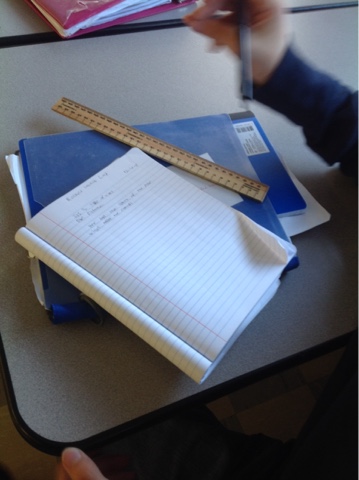Today in the COPE class, students were discussing the differences between rock and flexible brains in order to learn that there's not one solution to a problem, or one way to present information, or one perspective to consider.
As I popped into rooms, I saw this same philosophy in the instructional practices in our building. When we give students ownership and choice (and we excel at that!), we teach them flexibility.
Check out how we're creating flexible (not rock!) brains...
 |
| Students collaboratively research diseases and teach others how those diseases affect their body systems. How they do that...it's their choice. |
 |
| As students create towns representing economy, government, and culture in the early 1800s, they enrich their experience through 3-D representation. This was a student choice. |
 |
| In analyzing government structures, students depicted the 3 branches in numerous ways: 3-D, symbols, comparisons. It was their choice. |
 |
| Students creating tab top notes, use their own words and visuals to make meaning for themselves. It's their choice. |
 |
| Writing DBQs allows students to form an argument based on the provided information. There's no one right answer - it's their choice. |
 |
| Students creating sustainable structures design on paper before building. What they choose to make - that's their choice. |
 |
| Working on some math...it's your choice where you sit. |
 |
Students have a lot of ownership within their science notebooks, but for those students who need more structure, there is the choice to have a "chunked" experimental design sheet.
The 6th Grade Student Congress is in session, an opportunity for young senators to write and defend their bills. They have choice in what they view as a priority.
|















